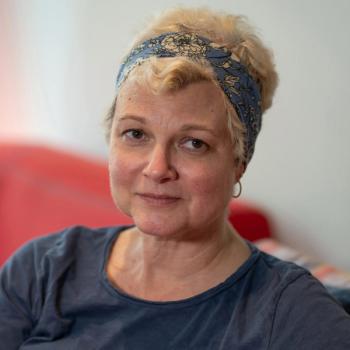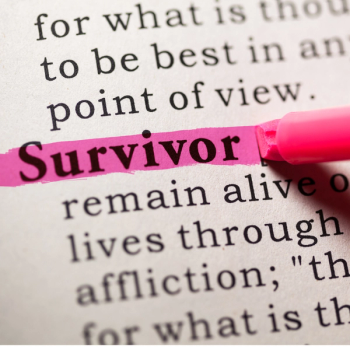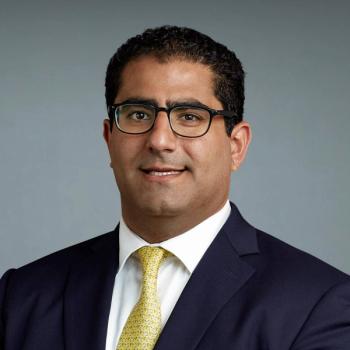
- Spring 2014
- Volume 13
- Issue 1
New Requirements for Patients and Survivors Needs
By 2015, cancer centers must provide clear, concise survivorship plans to every patient.
A patient skips a chemotherapy appointment because he cannot face feeling so terribly ill again; his care providers were unaware of his anxiety. A survivor exhibits symptoms of heart problems years after treatment ends, and neither she nor her new family doctor connect them to the lymphoma treatment she received more than a decade before.
There can be so much compartmentalization in cancer treatment and a lack of coordination among providers,” says Shelley Fuld Nasso, chief executive officer of the National Coalition for Cancer Survivorship (NCCS). “We believe it’s important to look at the whole experience of cancer—what patients are going through on an emotional level, what kinds of care survivors need.”
The NCCS and other organizations have advocated for clear standards of care that serve the needs of cancer patients and survivors. In response, the American College of Surgeons’ Commission on Cancer (CoC) announced in 2011 that it would add new, patient-centered requirements for cancer treatment facilities seeking CoC accreditation. Among the new rules: By 2015, cancer centers must provide clear, concise survivorship plans to every patient.
“With survivorship care plans, patients will leave with a comprehensive medical summary and a complete list of what to look for, what to be aware of,” says Nina Wendling, chief operating officer of the NCCS. “The care plan will outline when and which doctor they should see for surveillance and follow-up tests and provide information on long-term and late effects of both cancer and cancer treatment.”
This is something that has really been important to NCCS for a long time. While we hope for the cure, we focus on the care.
Also among the CoC’s requirements for 2015: accredited cancer programs must screen patients for symptoms of distress associated with facing what could be a long-term disease with serious costs, disruptions to family routines and new responsibilities. Such distress is common in cancer patients and survivors but is often not identified or treated.
The requirements seem likely to have a substantial impact: the CoC reports that about 70 percent of patients with newly diagnosed cancer in the U.S. receive treatment in oneof more than 1,500 CoC-accredited facilities. So, by 2015, these patients will leave their final oncology appointment with a document containing a brief history of their diagnosis and treatment, as well as a plan for their future health care. And fewer will go home with unrecognized depression and anxiety.
Many cancer programs are already taking action, Wendling says. She is working with some programs to integrate a survivorship care planning program called
The Journey Forward program provides free, downloadable software with tools and protocols that administrative support staff, social workers, oncology nurses and physicians can use to ensure that patients receive a survivorship care plan they can share with their other healthcare providers.
“This is something that has really been important to NCCS for a long time. While we hope for the cure, we focus on the care,” Fuld Nasso says.
Articles in this issue
over 11 years ago
Letters From Readersover 11 years ago
Breast Cancer Prevention Study Focuses on Anti-Hormone Therapyover 11 years ago
Moving Beyond Cancer to Wellnessover 11 years ago
Exercise Improves Joint Pain Associated with Aromatase Inhibitorsover 11 years ago
Legislations Could Benefit Family Caregiversover 11 years ago
Mobile App Delivers Helpful Tips to Minimize Side Effectsover 11 years ago
Choosing Quality Careover 11 years ago
The "To Do" List to Pass On to Well-Meaning Friendsover 11 years ago
Pipeline




